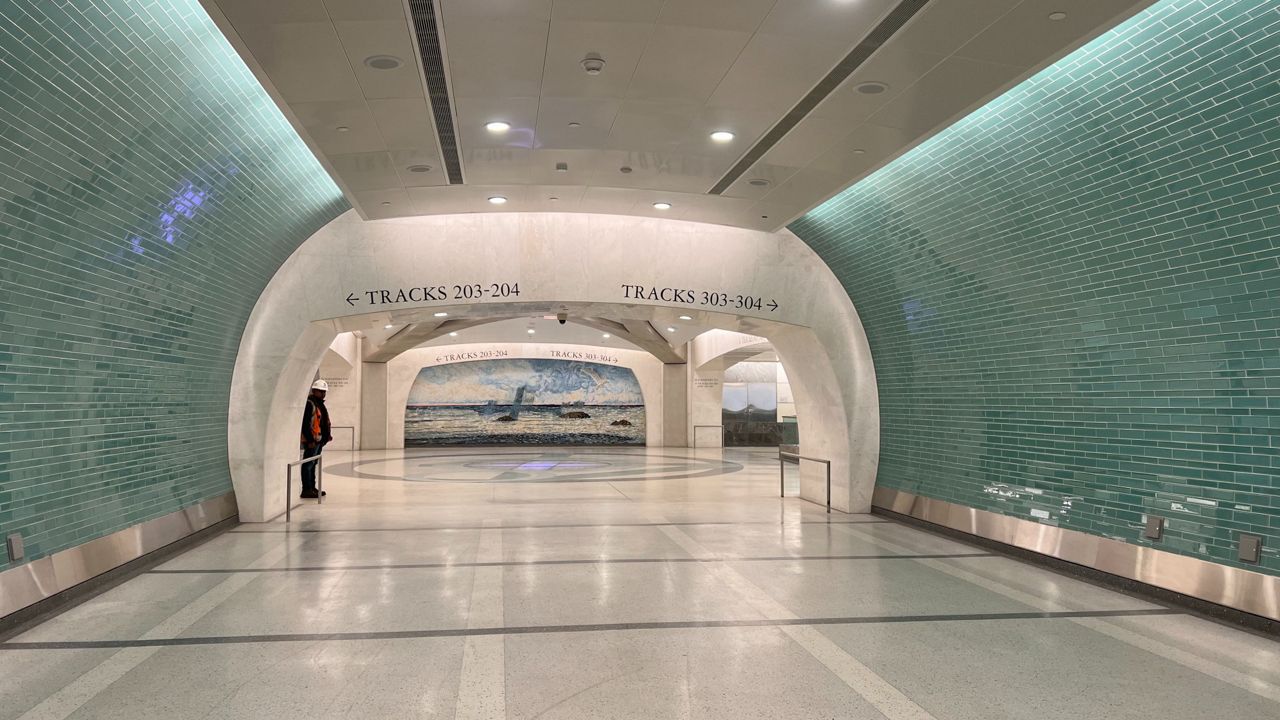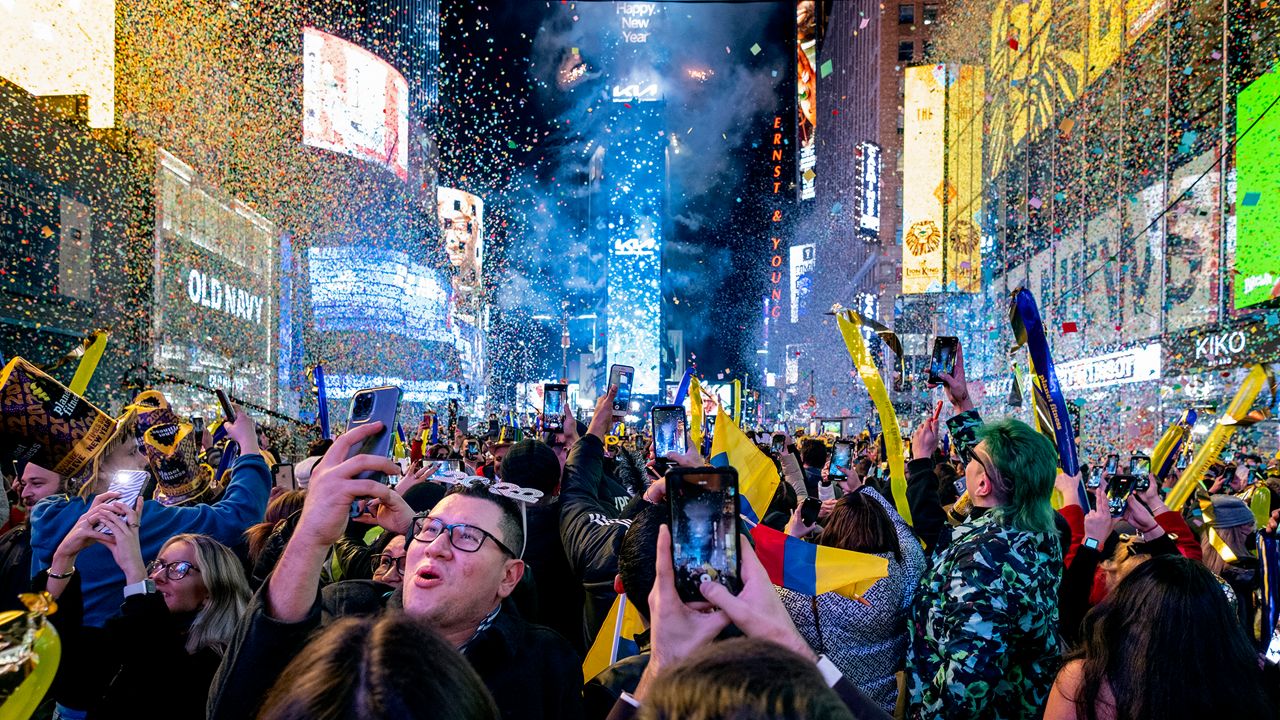Metropolitan Transit Authority board meetings are often low-key bureaucratic conferences, with an hour of public feedback and criticism, often from monthly regulars, followed by chart-heavy PowerPoints and discussions of finances, service issues and major projects.
At the December board meeting, the tone was different. Dozens of MTA employees filled the public seating section, as officials for the Transit Workers Union Local 100 railed against a planned service cut, arguing that fewer trains would lead to assaults on conductors, drivers and station agents.
“Those cups of coffee that you have on your desk?” said Aaron Morrison, a former conductor and union official. “They’re weapons of mass destruction for bus operators, train operators and conductors, when passengers think it's OK to throw that cup of coffee in our face when the train is late.”
Assaults of city transit workers hit a peak in 2022, with 121 reported instances through the end of November, according to data provided by the MTA. The four weeks beginning Dec. 5 saw 15 assaults across the system, the highest number for a four-week period since March. While reported cases of harassment declined last year, union officials say many instances of cursing or spitting at workers go unreported.
The attacks have also hit the bottom line of the financially troubled authority. At the November board meeting, New York City Transit President Richard Davey said his top priority for reducing high overtime wages was to reduce attacks, which sideline workers or keep them from returning to their posts and force other conductors and drivers to put in extra hours.
“Our members sometimes go home with aggravation in their mind from being cursed about their mothers, about their children,” said TWU Local 100 president Richard Davis in an interview. “We’re tired of getting assaulted.”
The union is pushing back hard against a plan to slightly reduce the number of trains during the morning rush period on Mondays and Fridays, as more white-collar workers continue to work from home on those days. The service change would increase the number of trains on weekends and add service to some bus lines.
Davis said there is a direct line between rider frustration and reduced service and attacks.
“If they have to wait longer than a second, they're upset, and then it just builds from that point,” he said.
Assaults have risen year over year since 2019, according to MTA data, when there were 94 reported assaults on subways and buses. Despite cratering ridership caused by the pandemic in 2020, the number of assaults rose to 96 that year.
In 2021, assaults rose to 118. They rose again in 2022, to 121 through Nov. 30.
Some of the assaults have been particularly harrowing and random in nature. In September, a man boarded a bus and immediately pepper sprayed the driver in his face.
The MTA declined an interview request and did not answer emailed questions. A spokesperson for the authority referred to comments MTA Chairman Janno Lieber made at the December board meeting.
“We are absolutely opposed to worker assaults, and there's no way we're gonna let that be a problem in the system, and we're gonna fight it at every stage,” Lieber said.
Lieber pointed to the agency’s efforts to support legislation, signed into law by Gov. Kathy Hochul in June, that makes it a second-degree felony to assault any transit worker, including equipment inspectors and maintenance workers.
In August, the agency called on the Bronx district attorney to secure a three-year ban from the transit system for a man who allegedly assaulted a maintenance worker.
Though instances of harassment are declining overall, bus operators report much higher numbers than subway workers — sometimes several times as many. In the four weeks starting Dec. 5, subway workers reported 16 instances of harassment, while bus workers reported 93.
Davis said bus drivers face particular danger, since they have to interact with each customer.
If riders are frustrated by reduced service, Davis said, “automatically, they're gonna say the driver of the bus is making them late, or not coming on time, or the service is not there.”
“It’s probably the hardest job in the entire system,” he added.
Yet two planned projects from the MTA could help, Davis said. A funding proposal for the MTA that would make buses free could reduce tension between operators and riders, and an effort to have station agents stand outside of ticketing booths, and offer help to riders, might also help mitigate customer frustration.
The new role for station agents comes as the agency plans to debut several “customer service centers” at busy stations throughout the system where riders can go for help setting up OMNY payment systems and applying for reduced-fare tickets.
The change would see 2,000 station agents come out of the ticketing booths to “evolve into a more enhanced customer service role,” Davey said at the December board meeting.
The union still plans to oppose the service cuts as a way to reduce assaults, and Davis said they’re leaving legal options on the table.
“Anything to help with customer service and enhance customer service seems to help,” Davis said. “Not cutting service would help.”








